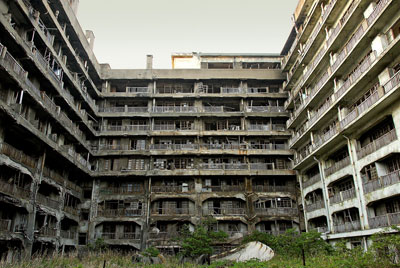





Mars is the fourth planet from the Sun and the second smallest planet in the Solar System, after Mercury. Named after theRoman god of war, it is often referred to as the “Red Planet” because the iron oxide prevalent on its surface gives it areddish appearance. Mars is a terrestrial planet with a thin atmosphere, having surface features reminiscent both of the impact craters of the Moon and the valleys, deserts, and polar ice caps of Earth.
The rotational period and seasonal cycles of Red planet are likewise similar to those of Earth, as is the tilt that produces the seasons. Red planet is the site of Olympus Mons, the largest volcano and second-highest known mountain in the Solar System, and of Valles Marineris, one of the largest canyons in the Solar System. The smooth Borealis basin in the northern hemisphere covers 40% of the planet and may be a giant impact feature. Red planet has two moons, Phobos and Deimos, which are small and irregularly shaped. These may be captured asteroids,similar to 5261 Eureka, a Mars trojan.
Until the first successful Red planet flyby in 1965 by Mariner 4, many speculated about the presence of liquid water on the planet’s surface. This was based on observed periodic variations in light and dark patches, particularly in the polar latitudes, which appeared to be seas and continents; long, dark striations were interpreted by some as irrigation channels for liquid water. These straight line features were later explained as optical illusions, though geological evidence gathered by uncrewed missions suggests that Red planet once had large-scale water coverage on its surface at some earlier stage of its existence. In 2005, radar data revealed the presence of large quantities of water ice at the poles[21] and at mid-latitudes. The Red planet rover Spiritsampled chemical compounds containing water molecules in March 2007. The Phoenix lander directly sampled water ice in shallow Martian soil on July 31, 2008. On September 28, 2015, NASA announced the presence of briny flowing salt water on the Martian surface.
Red planet is host to seven functioning spacecraft: five in orbit—2001 Mars Odyssey, Mars Express, Mars Reconnaissance Orbiter,MAVEN and Mars Orbiter Mission—and two on the surface—Mars Exploration Rover Opportunity and the Mars Science Laboratory Curiosity. Observations by the Mars Reconnaissance Orbiter have revealed possible flowing water during the warmest months on Mars. In 2013, NASA’s Curiosity rover discovered that Mars’s soil contains between 1.5% and 3% water by mass (albeit attached to other compounds and thus not freely accessible).
There are ongoing investigations assessing the past habitability potential of Mars, as well as the possibility of extant life. In situinvestigations have been performed by the Viking landers, Spirit and Opportunity rovers, Phoenix lander, and Curiosity rover. Future astrobiology missions are planned, including this red planet 2020 and ExoMars rovers.
Red planet can easily be seen from Earth with the naked eye, as can its reddish coloring. Its apparent magnitude reaches −2.91,which is surpassed only by Jupiter, Venus, the Moon, and the Sun. Optical ground-based telescopes are typically limited to resolving features about 300 kilometers (190 mi) across when Earth and Mars are closest because of Earth’s atmosphere.
Originally posted 2016-02-03 19:56:32. Republished by Blog Post Promoter














